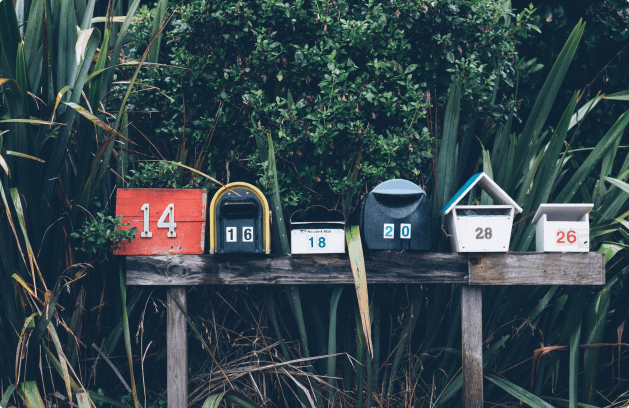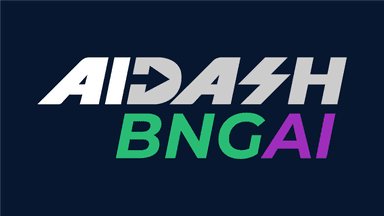BNG at a glance: What developers need to know now
Here’s what to keep in mind to ensure that projects are in compliance
Limited-time offer!
Share this post
The first of the much talked about BNG or biodiversity net gain deadline takes effect in February. Here’s what to keep in mind to ensure that your projects comply with UK Environment Act 2021 BNG mandates.
What is BNG for developers?
The aim of biodiversity net gain is to create and enhance natural habitats. For developers, it means assuring a clear and measurable positive impact on biodiversity compared to the pre-development state of the area.
The mandated BNG for developers is 10%. That means, for any development project you must provide a 10% BNG uplift, increasing the quantity or enhancing the quality of natural habitats in one of three ways:
- Improvements to your project site post-development.
- Improvements to another site you own.
- Improvements accomplished through purchased biodiversity credits, either on the open market or through the government.
Significant net gains must also be monitored and maintained for 30 years.
Each project requires a BNG application that answers these mandates to be filed with the appropriate Local Planning Authority (LPA)
Keep in mind that an application may be flagged by your LPA for BNG metric rule violations. The AiDash BNG Compliance Portal provides guidance to ensure your application is compliant and will alert you to any possible violations throughout the process, from surveys and planning through to your submission-ready application.
What size are your projects?
Beginning this year, all sites, no matter the size, will go through the more rigorous BNG application process. However, if your development qualifies as “small size” you’ll use the Small Size Metric (SSM) biodiversity calculation tool and you’ll be exempt from the new BNG process until April 2024.
Your site qualifies as small if you are planning:
- Residential development, which may include 1-9 dwellings. Or, if the dwelling number is unknown, the site measures less than 0.5 hectares.
- Commercial development, which includes floor space that does not exceed 1,000 square metres or total site area that measures less than 1 hectare.
- Development that does not concern waste development, mineral winning and working, or land use for mineral-working deposits.
Caveat: Note that the SSM should only be used:
- If all habitats present on-site can be matched to those listed in the SSM. If the site has any habitats not listed in the SSM (including riparian zones where relevant), you must use the statutory biodiversity metric calculation tool.
- If no priority habitats, protected areas, or species (including protected European species) have been identified on-site.
- If no statutory protected sites or habitats are present on site.
- If there are no priority habitats or statutory protected sites within 500 metres of your development site. (If these areas fall within 500 metres, consider bringing in an ecologist for your assessment.)
What kind of habitats are present??
Consider the habitat your project will be developed in:
- Is the area strategically significant or in a local plan? Is it a priority habitat? Is it located in a priority area for habitat creation/enhancement?
- Is the habitat highly distinctive or significant for ecological reasons?
- How well is the habitat functioning? How does it compare to a similar, well-functioning habitat?
How will you measure biodiversity for your application?
Once you’ve identified your habitat and its size, quality, location and type, you can move to biodiversity measurement. By taking stock of the current habitats on the site, you can determine baseline biodiversity. You will pull from available local, regional, and even national records and an ecologist’s findings to gather biodiversity data.
Use those habitat specifics to gauge biodiversity in standardized units: units within a habitat before development and the units needed to replace those lost, to make sure you achieve the 10% BNG target.
To accurately determine existing habitat units or calculate enhancements for BNG compliance, the Statutory Biodiversity Metric calculation tool is essential. This metric is used for larger developments. As noted above, you will use the SSM if you qualify as a small site. Both employ the official formula to apply the statutory biodiversity metric.
How will you achieve BNG?
After your baseline is determined, you can build your BNG plan by considering units that may be lost in the project development and how you can gain biodiversity units by enhancing your project’s habitat. You can achieve BNG, as mentioned above, by restoring or enhancing biodiversity on-site, off-site on other land you own, by purchasing units through a BNG exchange, or, as a last resort, buying statutory biodiversity credits from the government.
Use the AiDash BNG compliance portal — BNGAI — to simplify and streamline the above details and comply with evolving policy updates of the BNG application process, from start to finish. Start now.
Or to learn more about the BNG application process.
Share this post
Complete your first BNG project for FREE (a £2299 value)
Complete BNG Workflow
Preliminary BNG assessment
BNG baseline report
Post-development scenarios
Post-development BNG action plan
Info shared with LPA planners
Support for your BNG planning submission
Field validation by AiDash partner ecologist
Total amount
£2299.00
Limited offer: First project is FREE!
Read More
BNG Compliance: What developers need to do and how AiDash can help
Am I working with an irreplaceable habitat?
Review the statutory irreplaceable habitats list and identify developer responsibilities
BNG at a glance: What developers need to know now
Here’s what to keep in mind to ensure that projects are in compliance
Stay updated with our newsletter
Get the latest updates and news delivered straight to your inbox.

